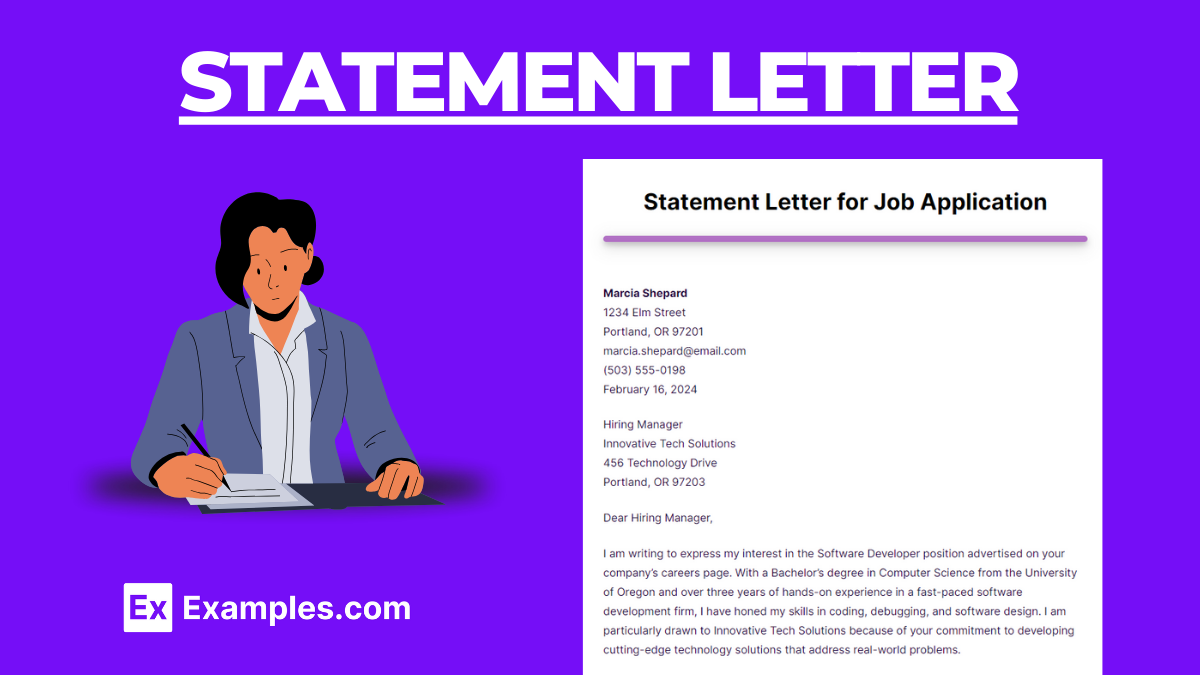

In general, letters are convenient and necessary when communicating. Letters effectively express your purpose in a more formal manner than that of a face-to-face conversation. You may think that there is no point in writing letters anymore since you can just call or email your recipient, but letters provide an easy presentation of the topics, even complex ones. Aside from that, they are easier to record and preserve unlike a phone call or a personal conversation. With this in mind, you may now understand why written communication is still prevalent in business and formal settings.
A statement letter, often referred to as a letter of statement, is a document that provides a clear and concise description of a particular situation or a set of facts. It’s used in various contexts, such as business, legal, financial, or personal matters, to formally declare or explain specific details or circumstances. The primary purpose of a statement letter is to communicate information in a formal, written format, ensuring that the recipient understands the sender’s position, intentions, or actions regarding a specific issue.
A statement letter is a formal document that communicates specific information, intentions, or circumstances. It’s structured to ensure clarity and professionalism. Here’s a general format for writing a statement letter:
Start with your contact information, followed by the date and the recipient’s contact details.
[Your Name]
[Your Address]
[City, State, ZIP Code]
[Email Address] (optional)
[Phone Number] (optional)
[Date][Recipient’s Name]
[Recipient’s Title/Position]
[Company/Organization Name]
[Address]
[City, State, ZIP Code]
If you know the recipient’s name, use it with a formal greeting. If not, “Dear Sir/Madam,” or “To Whom It May Concern,” are acceptable.
Briefly introduce yourself (if necessary) and state the purpose of the letter. Be clear and to the point.
I am writing to [briefly state the purpose of the statement letter, e.g., ‘provide a formal statement regarding my financial status as of [Date]’].
The body should contain the detailed statement. Organize the information logically, using paragraphs to separate different points or topics.
Summarize the key points made in the body and state any actions you expect to be taken or any that you will take. If necessary, express your willingness to provide further information or clarification.
In conclusion, [brief summary of the statement]. I am prepared to [any actions you will take] and am available for any further information or discussion as needed.
End with a formal closing, followed by your signature and printed name.
Sincerely,
[Your Signature] (for a hard copy letter)
[Your Typed Name]
If you’re including any documents with the letter, list them here.
Enclosures: [List of enclosed documents]

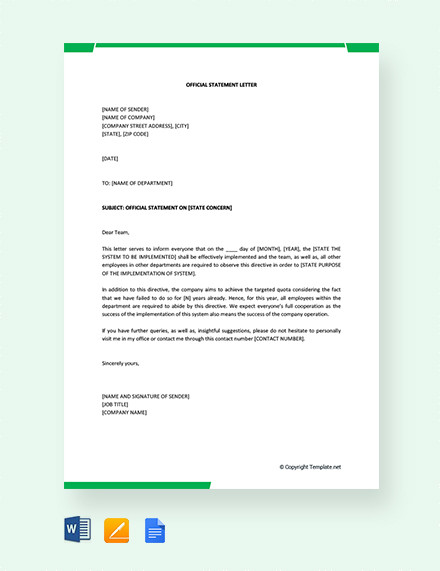
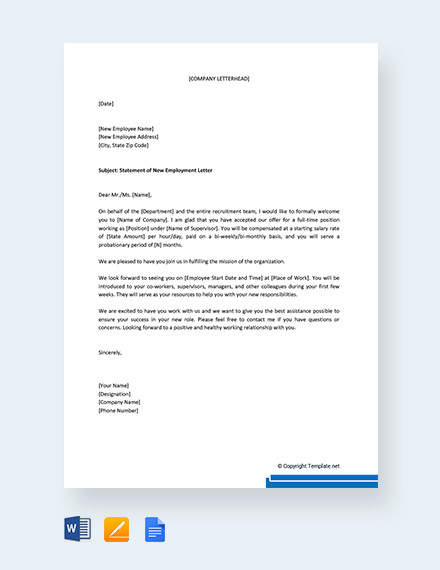
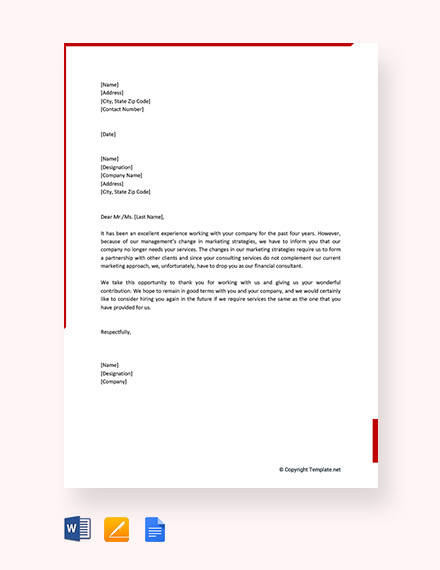
It is usually distributed within the company and its branches, if applicable. Aside from that, what are the other purposes of a statement letter? Listed below is the purpose of a statement letter:
As mentioned earlier, a statement letter is often used to convey official messages, meaning it conveys the decision or takes on an issue of the executives.
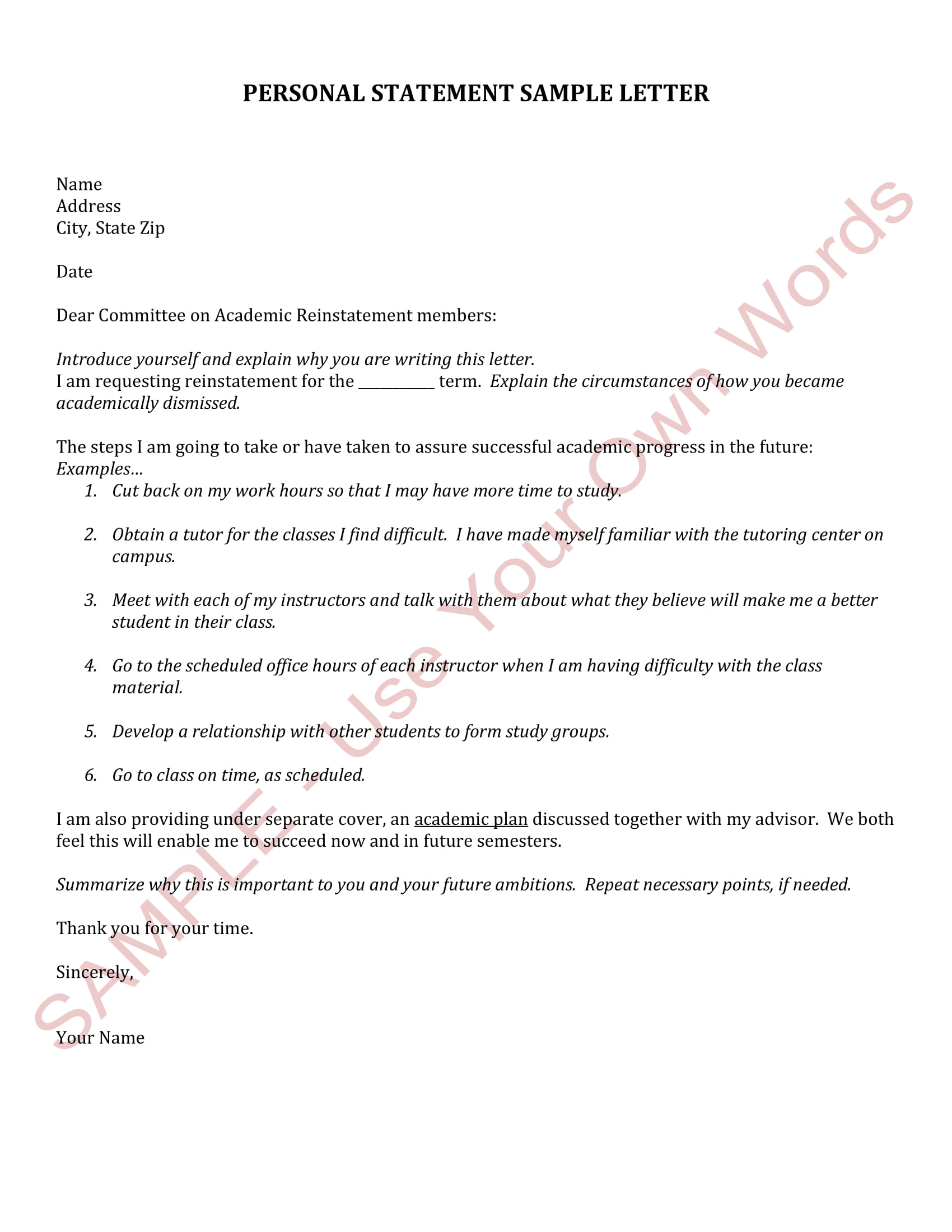
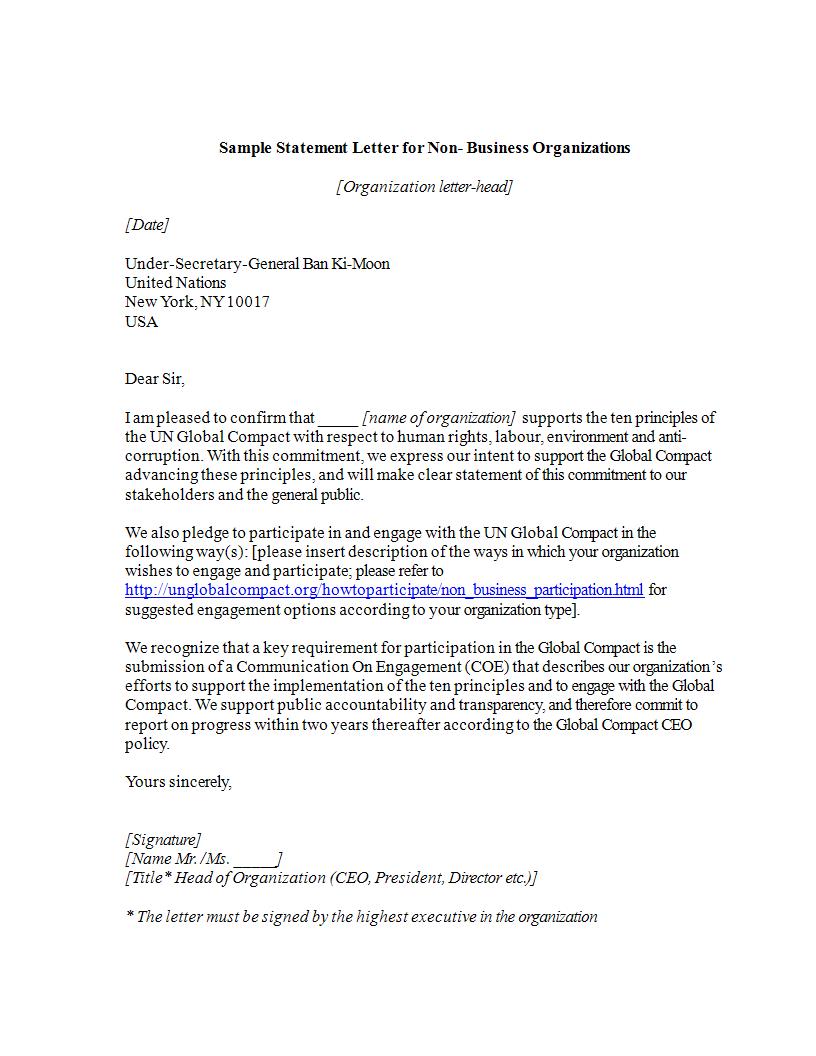

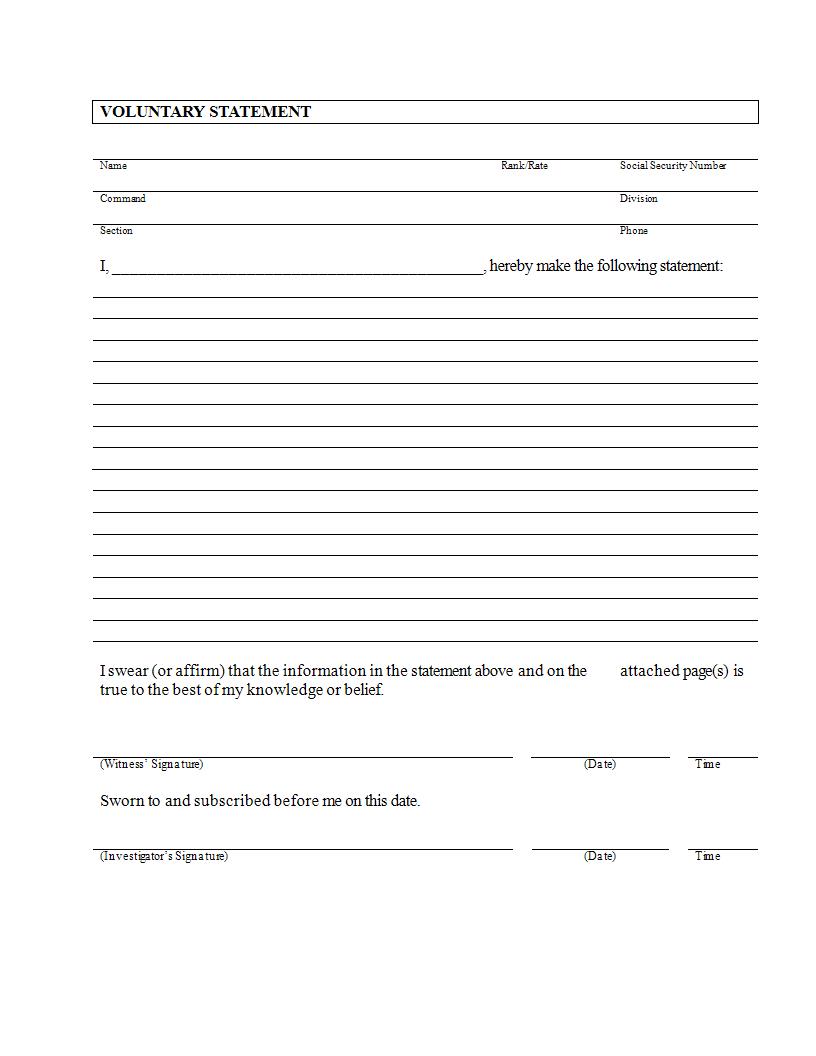
However, letters are not only limited to cover letters, complaint letters, sales letters, and so on. You can also write a letter to state important matters. When you hear a high-profile individual or a government office or official “release a statement,” you immediately think that the person or office issuing the statement addresses a specific issue or topic. On the other hand, a statement letter works the same way; it addresses an issue or subject directly, but it follows the format of a letter.
Statement letters often referred to as information letters or letters of transmittal, are letters that convey information about a change in policy or procedure. This is quite commonly written by managers, supervisors, or any executive officials of the company or organization to address changes within the company or organization or any other matters that concern the company as a whole. These letters also have a matter-of-fact tone in them, meaning they usually don’t merit discussion or debate. Regardless of that, it is still important because it keeps everyone in the loop of what is currently happening.
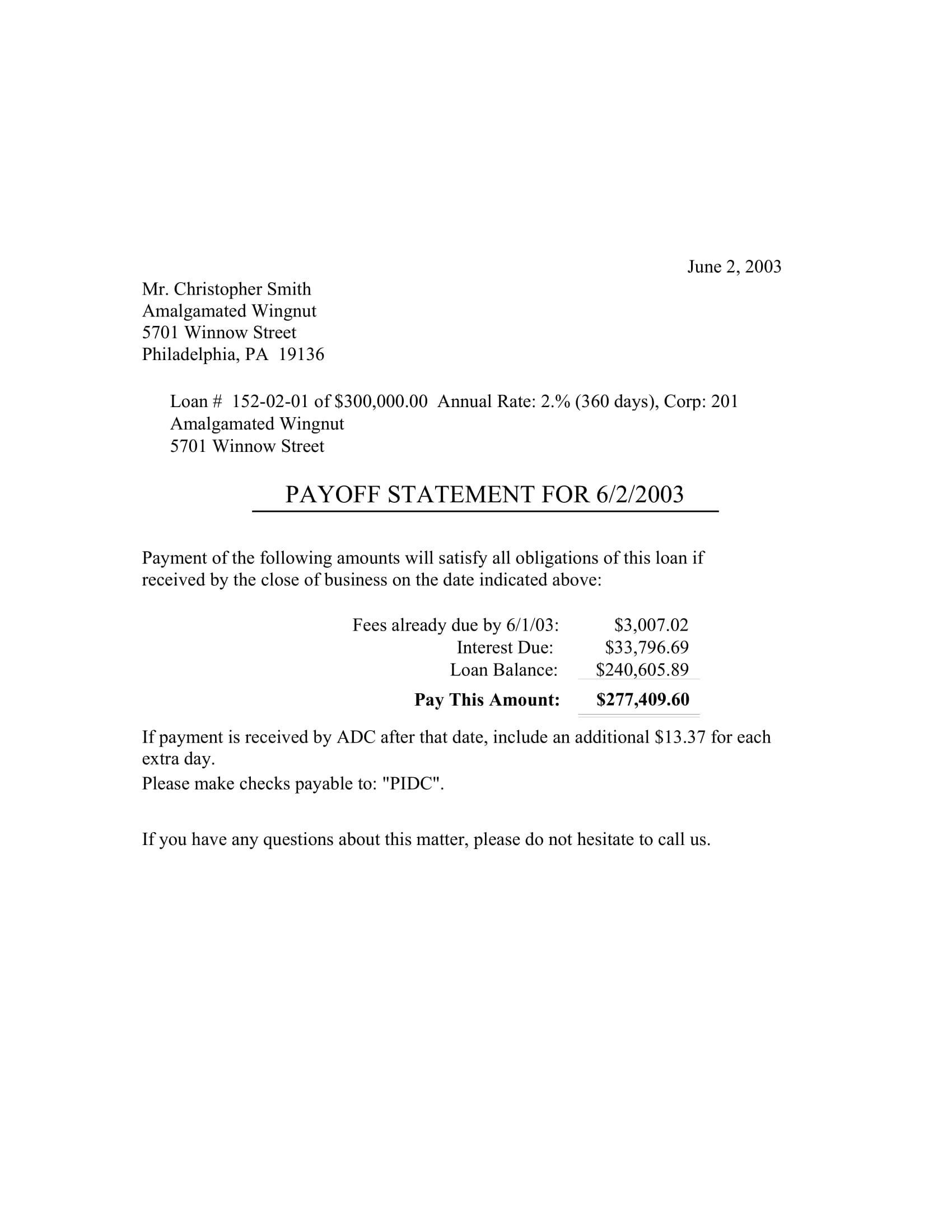
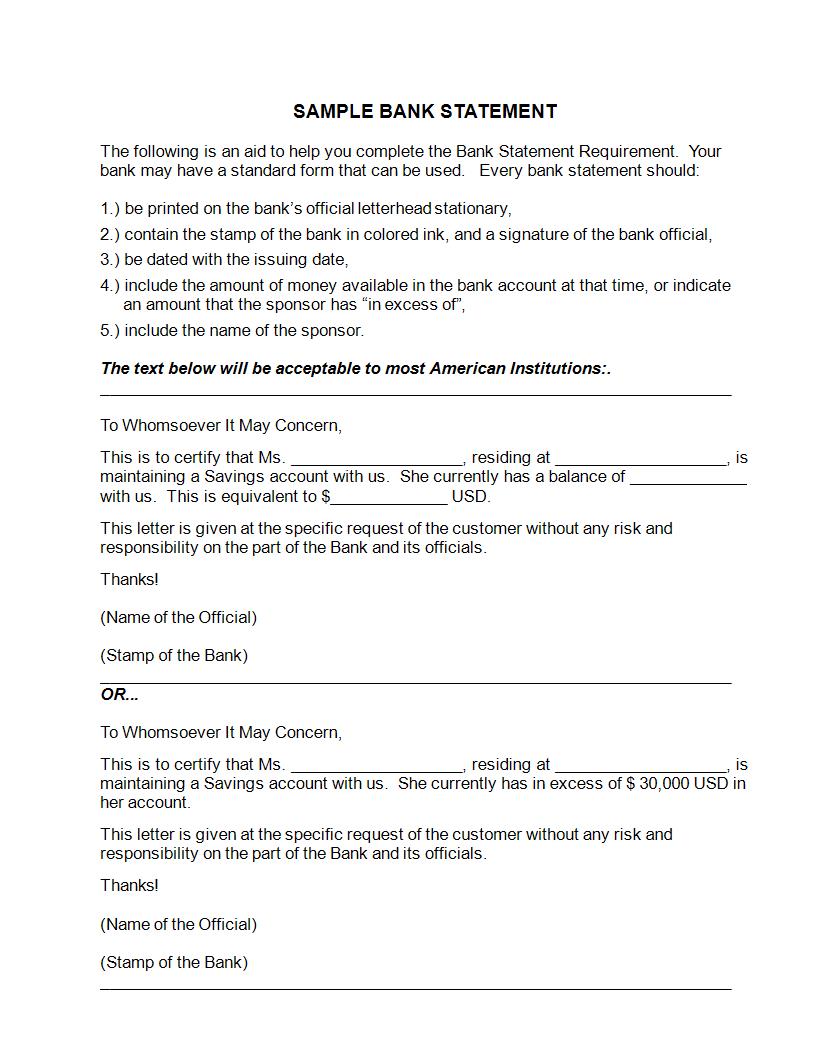
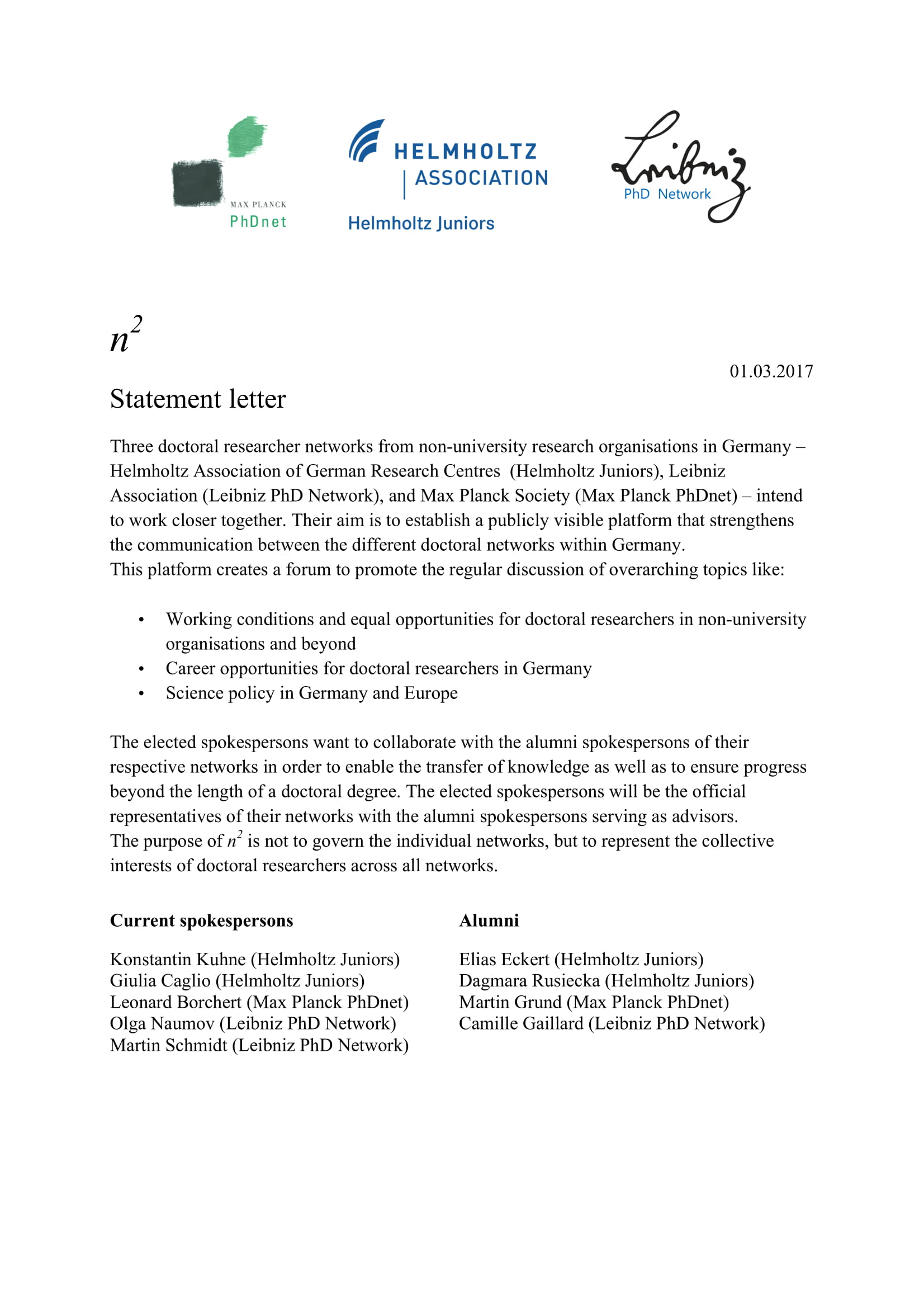
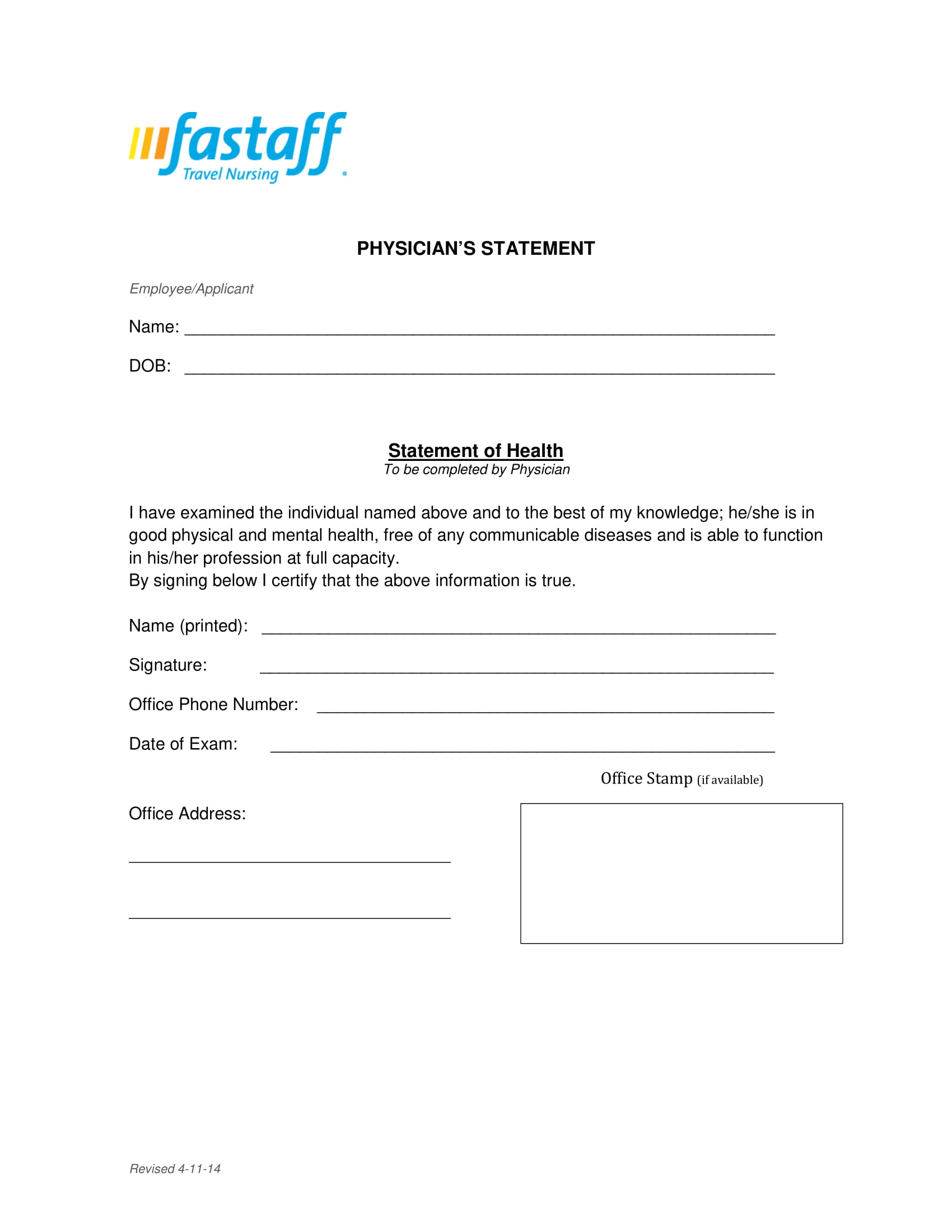
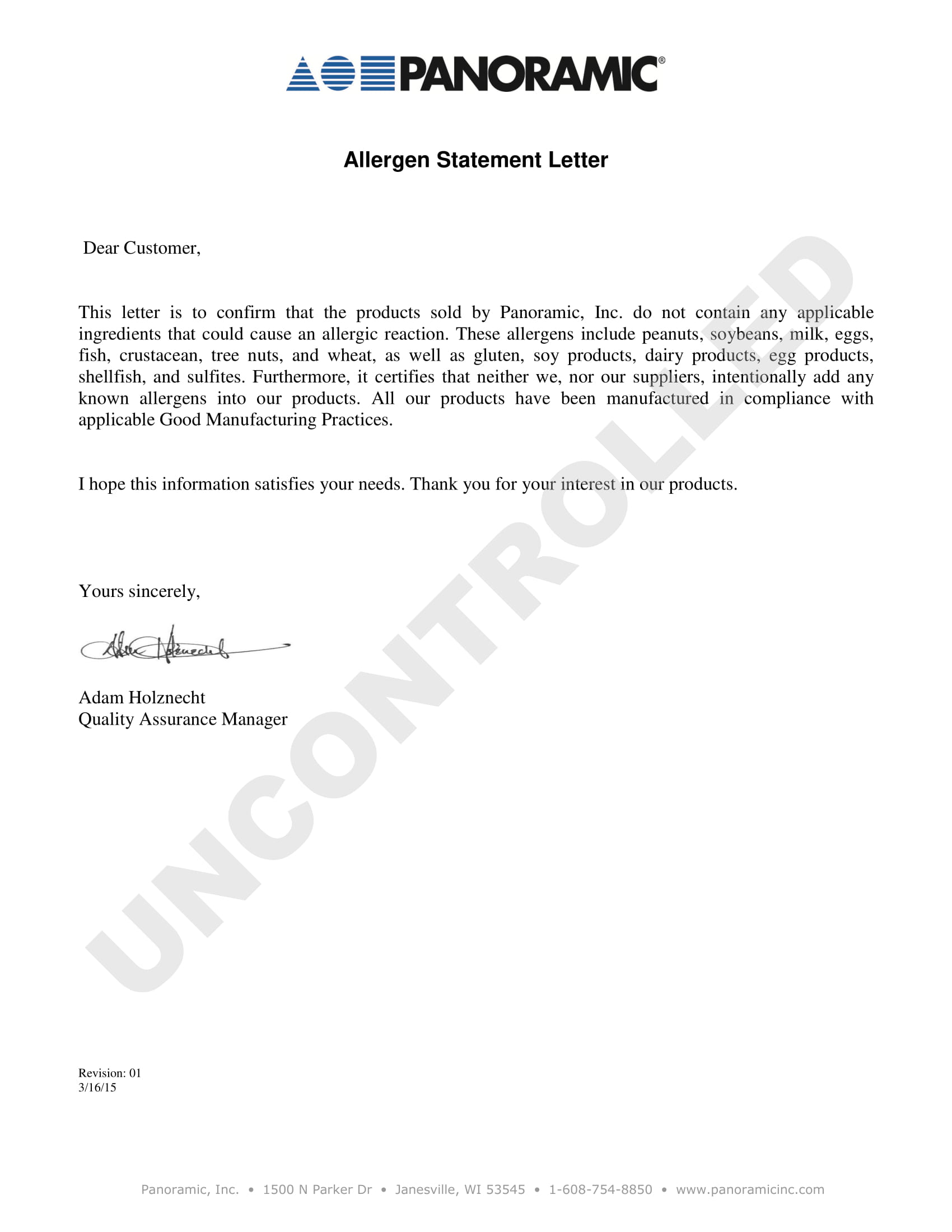
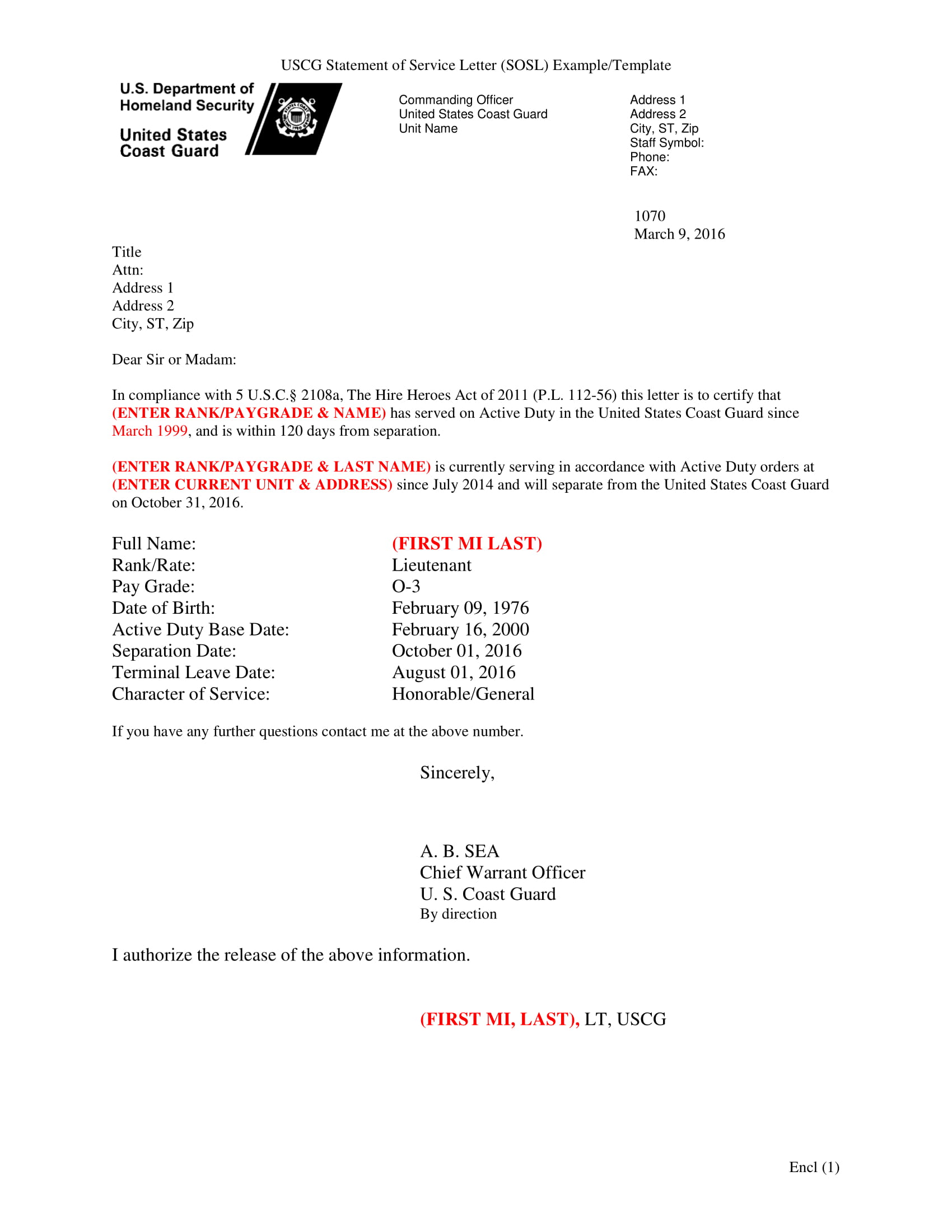
A statement letter is considered a formal business letter, therefore, it should follow the standard format of a formal or business letter. In case you have forgotten how to do it, here is an easy guide in writing an official statement letter:
Since this is a letter, it is very necessary to indicate your information as the sender. Although a return address is quite common for letters, it is easier for the reader to read your contact information since it is conveniently placed at the topmost part of the letter. Your letterhead must contain company contact information such as building/physical address, email address, telephone number, etc. It is also quite common for the letterhead to include the company logo.
In a formal letter structure or format, it is extremely necessary to include the contact information of your receiver. This part of the letter is also known as the inside address. It contains the name (if there is a specific receiver), address, and other relevant contact information such as email address and telephone number. However, if it is only intended for internal circulation, it is not necessary to include an inside address since you can immediately mention who the letter is for instead of an inside address or in the salutation.
The body of your letter should consist of at least three parts: introduction, detailed supporting paragraph/s, and conclusion.
The closing of your letter consists of the complimentary close like Sincerely, Respectfully, Truly Yours, etc. After the complimentary close, a signature line should be indicated. The signature line should include the name of the signing authority along with the designation or position in the company or organization. Remember that affixing the signature is very necessary as it affirms the legitimacy of the letter.
However, there are people who have completely gone digital and have avoided writing letters. But why? To understand it more, here are the advantages and disadvantages of written communication:
As you may know by now, written communication is still prevalent most especially in the corporate world. Although there is a fast-paced advancement in technology, written communication is still very much preferred. Take a look at the letter of intent on the internet for more.
Just like any letter writing tasks, you need to be able to clearly and directly convey your message. Listed below are some useful tips you can use as a guide in writing an official statement letter:
We hope that you find this guide informative and useful; the given examples are for your inspiration and usage.
Statement letters are often referred to as information letters. They are letters that convey information about changes in any policy or procedure in a company. These letters do not discuss or debate merit. They are used to make sure that everyone knows what policies are in place and what has been changed.
A statement letter is used to state simple statements that convey crucial information. This could be about changes in policy or rules and regulations at the workplace. Such statements tend to be shallow, meaning they don’t really justify a debate. A statement letter must be professional and in an engaging tone.
The four main key elements of a statement letter as mentioned below:
Your official statement letter consists of a respectful close like “truly yours”, “respectfully”, etc. After the close, a signature line must be mentioned. This line should include the name of the signing authority and their designation/position in the company. Attaching the signature is crucial as it declares that the letter is legitimate.
The following details must be followed while making an official statement letter of your own: